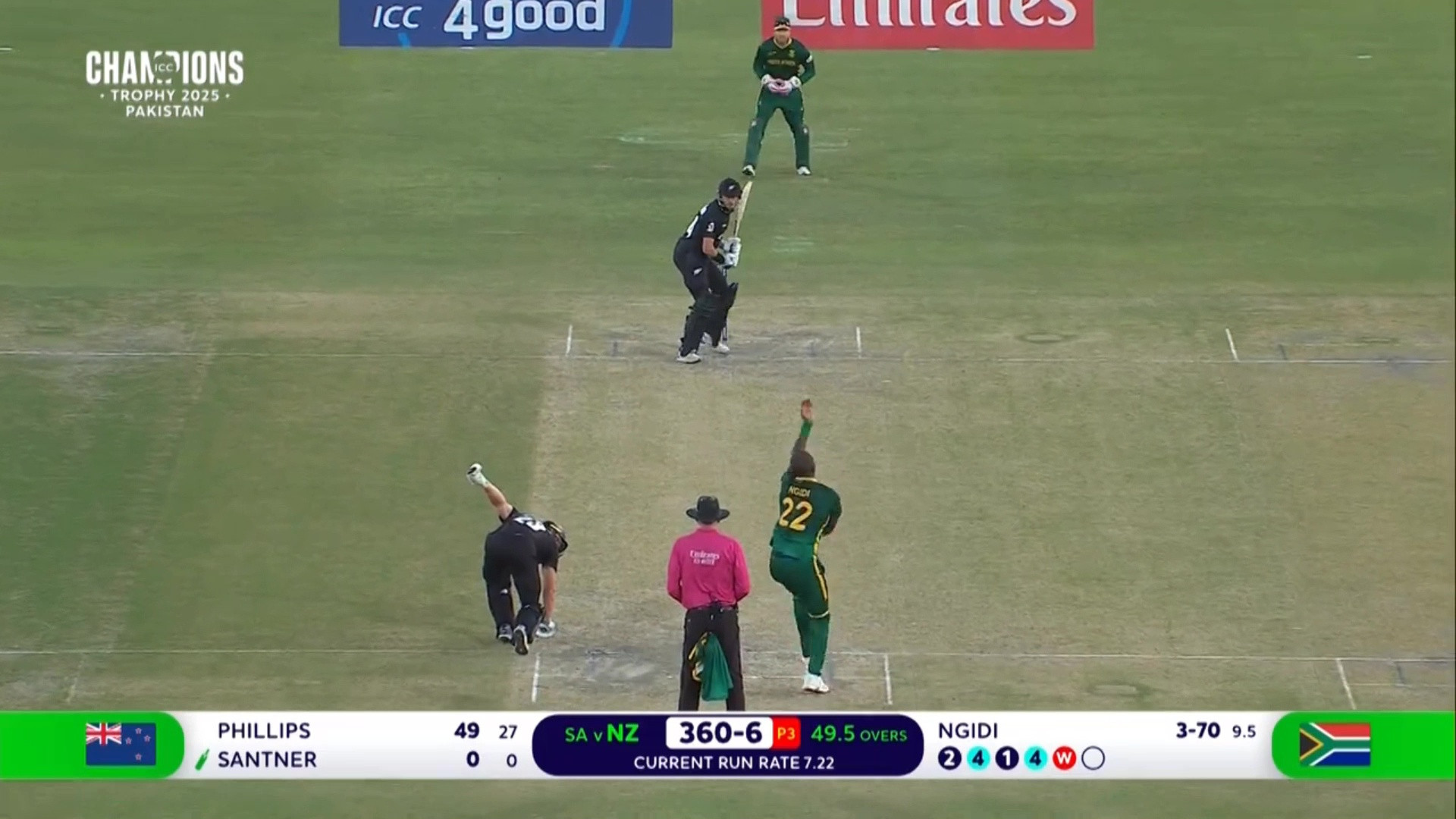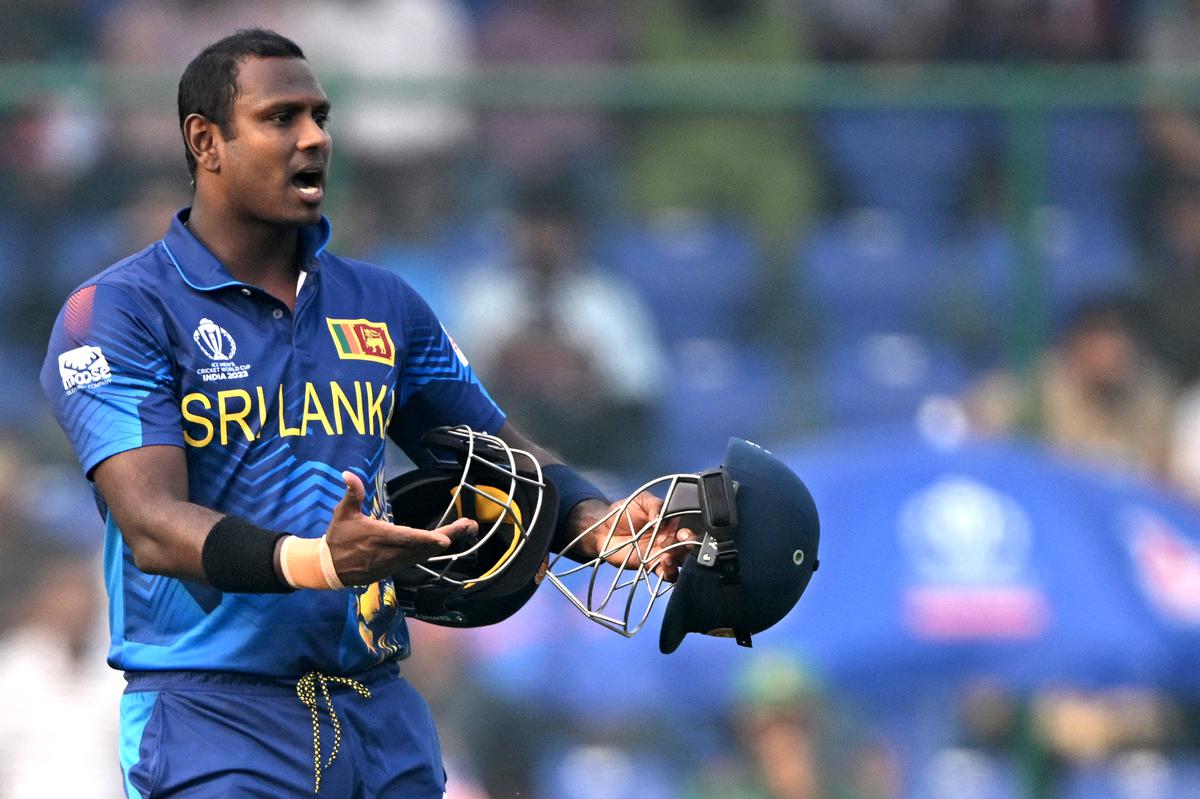Spirit of the Game
An objective viewpoint to an age old debate in Cricket
Introduction
Spirit of the Game is a popular term used in almost any game to represent sportsmanship and fair play. This post acts as a reminder for everyone to keep a positive outlook during future controversies while learning from past experiences. It provides suggestions to both players and the public on avoiding unpleasant situations.
The media attached to this page belongs to their respective owners.
Definition
Let’s start with the Preamble to the Laws: Spirit of Cricket1, as stated by the Marylebone Cricket Club (MCC).
Cricket owes much of its appeal and enjoyment to the fact that it should be played not only according to the Laws but also within the Spirit of Cricket. The major responsibility for ensuring fair play rests with the captains but extends to all players, match officials and, especially in junior cricket, teachers, coaches and parents.
Respect is central to the Spirit of Cricket.
- Respect your captain, team-mates, opponents and the authority of the umpires.
- Play hard and play fair.
- Accept the umpire’s decision.
- Create a positive atmosphere by your own conduct, and encourage others to do likewise.
- Show self-discipline, even when things go against you.
- Congratulate the opposition on their successes, and enjoy those of your own team.
- Thank the officials and your opposition at the end of the match, whatever the result.
Cricket is an exciting game that encourages leadership, friendship and teamwork, which brings together people from different nationalities, cultures and religions, especially when played within the Spirit of Cricket.
Additionally, the Law 1.4 also states the Responsibility of Captains2 as follows,
The captains are responsible at all times for ensuring that play is conducted within The Spirit of Cricket as well as within the Laws.
My mind was blown away when I read the above. I realised how often the people who talk about ‘The Spirit of Cricket’ end up breaking it by disrespecting the opposition players and the match officials.
Inherent Issues
Any such definition will have its own flaws, which should always be kept in mind.
- With such a rich set of rules and playing conditions, the number of possible scenarios is extremely large. A case-by-case solution to each problem is not feasible.
- So, general solutions are created that sometimes rely on determining the intent of players involved, e.g., Non-Striker’s Run Out and Obstructing the Field. Such solutions are not black-and-white and hence push the onus on players to take tough and possibly controversial decisions.
- When players are faced with tough decisions, they will occasionally make questionable decisions, influenced either by the competitive nature of the game or their own competitive spirit. After all, perfection is only an ideal.
- Even if the above issues were resolved, some uncertainty in conveying and interpreting the Preamble’s meaning will always remain due to the limitations of our language itself.
Because the onus to take tough decisions is on players, unfortunately, all the discontent is directed towards them. To remove this, the umpires can make final decisions and not let players withdraw their appeals. But this simply redirects the discontent towards them. In the end, we should remember that there is a reason why humans take decisions in such situations.
Case Studies
Now, we will look at some popular cases and try to resolve them by using the notion of Respect.
The general idea of these solutions is to develop a thought process such that if a batter makes a ‘mistake’ and gets out, then the onus is on the opposing team to withdraw the appeal, and the batter has to respect either kind of decision of the opposing team by the ideal of Spirit of Cricket. Instead, the batter can focus on playing ‘safe’ by avoiding such ‘mistakes’.
Non-Striker Run Out3
In an Indian Premier League (IPL) 2019 match, Ravichandran Ashwin ran out Jos Buttler at the non-striker’s end.
Resolution
- Batter’s thought process
- If the intent is about getting an advantage by stepping out of the crease, then the batter should respect the rule and be ready to face the consequences.
- If there is no intent to get an advantage, then the batter should respect the bowler’s ideologies about non-striker run outs, which could be different from the batter.
The batter should wait for the ball to come into play (Law 20.5) before leaving the crease, akin to sprinters who take off only upon hearing the starting gun.
This might feel a bit weird, but that’s just how the rules are to be interpreted. In fact, Glenn Phillips pulled the same move to sneak a double on the last ball of NZ’s innings in the CT 2025 semifinal.
- Bowler’s thought process
- They will have to ensure that if they intend to run the batter out then they should not try to create artificial situations (such as pausing or misleading) that doesn’t respect batters with no intent of stepping out.
In this case, implementing a black-and-white rule is also possible. Simply reuse the Front foot no ball checking technology; the third umpire can check if the non-striker is out of the crease when the ball comes into play and penalise the batting team by awarding penalty runs to the bowling side.
Stumped4
In the Ashes 2023 test series, during the final ball of an over, Jonny Bairstow wandered out of his crease after leaving a ball. Then the wicket-keeper threw the ball at the stumps before the umpire called the end of the over and Bairstow was declared out.
Resolution
Similar to the previous one as the situations are similar
- Batter’s thought process
- If the intent is about getting an advantage by stepping out of the crease, then the batter should respect the rule and be ready to face the consequences.
- If there is no intent to get an advantage, then the batter should respect the wicket-keeper’s (fielder’s) ideologies about run outs, which could be different from the batter.
The batter should wait for the ball to become dead (Law 20.1) before leaving the crease, akin to sprinters who take off only upon hearing the starting gun.
- Wicket-keeper’s/Fielder’s thought process
- They will have to ensure that if they intend to run the batter out then they should not try to create artificial situations (involving pausing or misleading) that doesn’t respect batters with no intent of stepping out.
Timed Out5
In a Cricket World Cup (CWC) 2023 match, Angelo Mathews was ‘Timed Out’ as he was not ready to receive the ball in a certain amount of time after the previous dismissal. 
Resolution
Suppose a batter time realises they will need more time to get ready,
- Batter’s thought process
- If it is an intentional time delay, then the batter should respect the rule and be ready to face consequences.
- If it is an unintentional time delay, then the batter should respect the opposition captain’s ideologies about timed out, which could be different from the batter.
The batter should inform the opposition captain about the possible delay and ask for a permission beforehand.
- Opposition Captain’s thought process
- If they intend to time the batter out, they should also try to respect the intent of the opposing team and decide accordingly.
Again, a black-and-white solution is possible. Simply reuse the DRS timer technology, define a start-time & an end-time and then the batter is timed out if the batter takes even slightly longer time to reach the crease.
Conclusion
- One should be happy about such controversial scenarios, as they make people think about the game they want to play and the rules they want to follow. Then, the rules can be taken up for extermination, revision, or amendment by the MCC Committee.
- If the rules allow for situations that do not align with the spirit of the game, then an effort must be made to align the rules and the spirit of the game as closely as possible.
- If such rule changes are impossible then we have to learn to be content with current rules and change our interpretation of the game based on it.